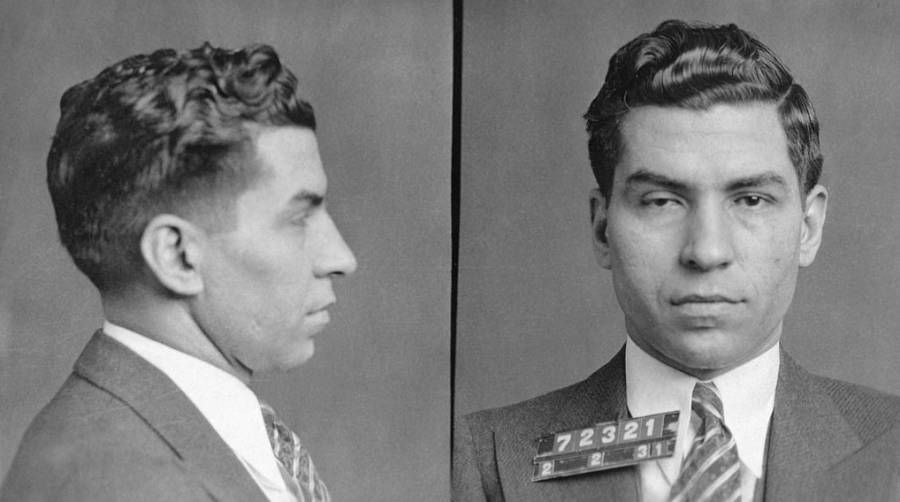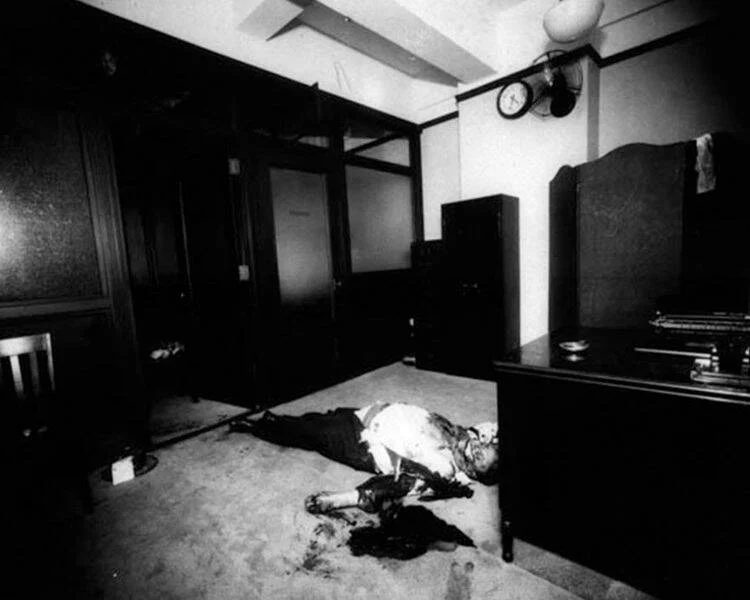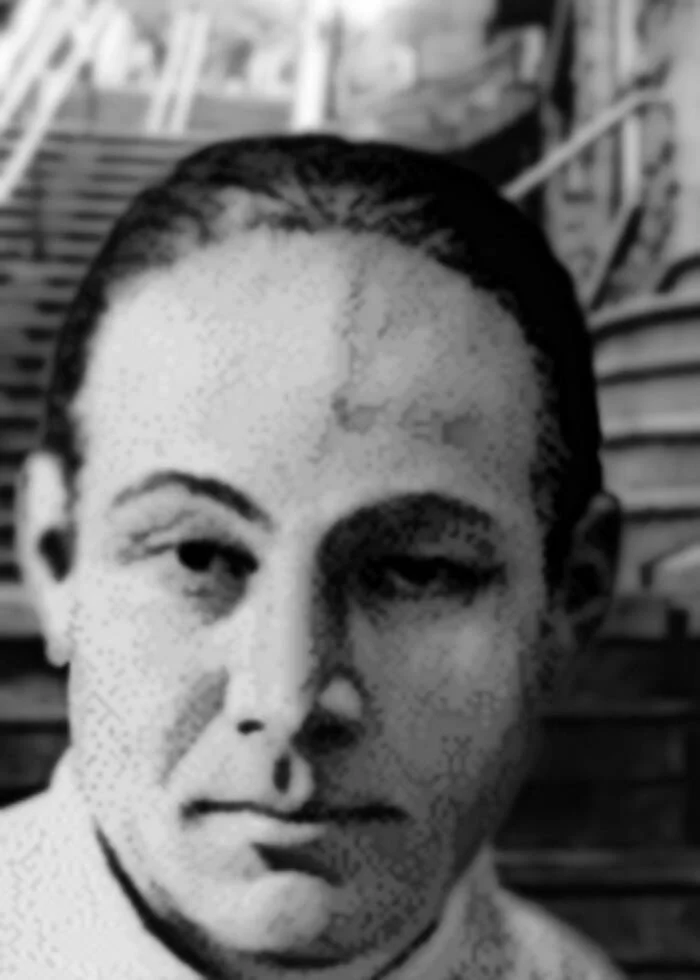When Salvatore Maranzano met his violent end in 1931, it marked the beginning of a new era in organized crime—a shift from the old-world traditions to a more modern, business-oriented approach. The ambitious young gangsters, led by Lucky Luciano, were not just rewriting the rules of the American Mafia; they were crafting an entirely new playbook.
Setting the Stage: Maranzano’s Rise to Power
Born in 1868 in Castellammare del Golfo, Sicily, Salvatore Maranzano did not always aspire to be a mob boss. In fact, as a boy, he had dreams of joining the Catholic priesthood. But life took a different turn, as it often does, and he became entrenched in the world of organized crime. He climbed the ranks of the Italian Mafia in his homeland before making his way to the United States in the 1920s, at the request of his boss, Don Vito Ferro.
With Prohibition fueling the demand for illicit alcohol, Salvatore Maranzano saw a golden opportunity. He quickly established himself as a formidable force in New York, running bootlegging, gambling, and other rackets. By the time the 1930s rolled around, he had become a key player in the city’s underworld.

The Castellammarese War: A Battle for Control
The Castellammarese War, which raged from 1930 to 1931, was a bloody power struggle between Salvatore Maranzano and another Mafia heavyweight, Joe Masseria. The conflict was not just a fight for control over New York’s rackets; it was a battle of ideologies. The older generation of “Mustache Petes”—like Maranzano and Masseria—adhered to traditional Mafia values and practices, while the younger gangsters sought a more modern, business-like approach.
As the war progressed, it became clear that Masseria’s time was running out. His decision-making grew erratic, and his own men began to conspire against him. In April 1931, his fate was sealed when Lucky Luciano, a trusted associate, betrayed him. Masseria was gunned down in a Coney Island restaurant, paving the way for Maranzano to declare himself the “capo di tutti capi” or “boss of all bosses.”
Maranzano’s Grand Vision: The Five Families
With Masseria out of the picture, Salvatore Maranzano set about reorganizing the Mafia. His blueprint was inspired by the Roman military structure, a nod to his fascination with Julius Caesar. The crime families were reorganized into what would become the Five Families: Luciano, Joe Profaci, Tommy Gagliano, Vincent Mangano, and Maranzano himself. Each family was structured with a boss, underboss, caporegime, and soldiers, creating a hierarchical system that allowed for more efficient management of criminal enterprises.
The new system required families to respect each other’s territories, and disputes were to be handled diplomatically. Salvatore Maranzano saw himself as the supreme leader, who could settle all disputes. But while the restructuring aimed to create order, Maranzano’s own ambitions sowed the seeds of his downfall.
Enter Lucky Luciano: The New Face of the American Mafia
Salvatore Maranzano fatal flaw was underestimating Luciano. Though he had appointed Luciano as his second-in-command, he soon grew wary of the younger gangster’s ambitions. Maranzano’s paranoia got the better of him; he hired the notorious Vincent “Mad Dog” Coll to eliminate Luciano. Unfortunately for Maranzano, the plot leaked. Luciano, ever the strategist, decided to strike first.
Rather than rely solely on his Italian allies, Luciano enlisted Jewish mobsters like Meyer Lansky and Bugsy Siegel, demonstrating the new generation’s openness to cross-ethnic alliances. Maranzano, stuck in his old ways, did not recognize this change in the criminal landscape, and it cost him dearly.
The Assassination: The End of the “Boss of All Bosses”
On September 10, 1931, four to six men stormed Maranzano’s office on Park Avenue in Manhattan. Posing as federal agents, they disarmed the guards, barged into his office, and unleashed a swift and brutal attack. Maranzano was stabbed multiple times, and his body was riddled with bullets. The killers vanished as quickly as they had appeared, leaving behind a legacy that would echo through the annals of Mafia history.
In true gangster fashion, the murder was meticulously planned. Jewish hitmen were chosen for the task because Maranzano wouldn’t recognize them, thus reducing the chance of him raising the alarm. It was a move that underscored the new Mafia’s evolving dynamics—ethnicity was no longer a barrier in the pursuit of power.
The Aftermath: The So-Called “Night of the Sicilian Vespers”
Salvatore Maranzano’s death sparked rumors of a widespread purge to eliminate his loyalists—an event often referred to as the “Night of the Sicilian Vespers.” According to some accounts, dozens of Maranzano’s followers across the United States were killed in a coordinated operation. While the exact number remains a subject of debate, it’s clear that Luciano took swift action to consolidate his power, removing anyone who might threaten the new order.
Historians have since argued about whether a literal purge took place or if the term was more metaphorical, referring to the broader effort to rid the underworld of old-school mobsters. Either way, the shift was undeniable: the new American Mafia was born, and it was Luciano’s version.
From Mustache Petes to Modern Mobsters: A Changing of the Guard
The fall of Salvatore Maranzano represented more than just the end of a single crime boss; it signified the end of an era. The Mustache Petes—staunch traditionalists who adhered to outdated codes of conduct—were being replaced by a new breed of gangsters who valued business over tradition.
Lucky Luciano epitomized this change. Unlike Maranzano, who modeled himself after Caesar and clung to the old ways, Luciano embraced modernity. He saw the Mafia not just as a brotherhood but as a business. And like any good business, it needed a structure that prioritized profit over personal vendettas.
The Legacy of Salvatore Maranzano: Architect of His Own Demise
Salvatore Maranzano’s influence on the Mafia is undeniable. His reorganization into the Five Families laid the foundation for the structure that persists today. However, his desire for absolute power and failure to adapt to the evolving criminal landscape ultimately led to his downfall. The parallels between Maranzano and Julius Caesar are almost too poetic to ignore—both were powerful leaders who fell victim to betrayal by those they trusted.
Maranzano’s story is a cautionary tale about the dangers of ambition unchecked by self-awareness. He sought to modernize the Mafia but could not see that his own tactics were a relic of the past. His assassination marked the true birth of the American Mafia as we know it, where business acumen outweighed bravado, and cross-ethnic alliances became the norm.

The New Mafia: Organized Crime in the Luciano Era
Following Salvatore Maranzano’s death, Luciano wasted no time in solidifying his hold on the underworld. He abolished the title of “boss of all bosses,” creating a commission where the heads of the Five Families would sit as equals. This governing body would arbitrate disputes, manage the families’ collective interests, and serve as a means of checks and balances to prevent any one man from becoming too powerful.
Under Luciano’s leadership, the Mafia expanded its operations beyond bootlegging and gambling to include labor racketeering, loan sharking, and narcotics trafficking. The American Mafia’s reach extended nationwide, and Luciano’s forward-thinking approach allowed it to adapt to the changing times.
Parting Thoughts: The Ironic Legacy of Salvatore Maranzano
It’s ironic that Maranzano, a man so intent on establishing his empire, inadvertently set the stage for his own demise by creating the very structure that allowed Luciano to flourish. His downfall was a direct result of his unwillingness to accept that the Mafia needed to evolve beyond its old-world roots.
While Maranzano may have been the architect of the Five Families, it was Luciano who perfected the blueprint. The legacy of Salvatore Maranzano is thus a double-edged sword: he laid the foundations for modern organized crime, but it was his own inability to change that left him as just another cautionary tale in the Mafia’s bloody history.
Stay Engaged with the Darker Side of History
The story of Maranzano and Luciano is more than just a tale of gangsters—it’s a narrative about power, ambition, and the cost of holding onto outdated ideals. If you’re fascinated by these real-life tales of crime and intrigue, subscribe to our newsletter for more deep dives into the dark underworld of history.

